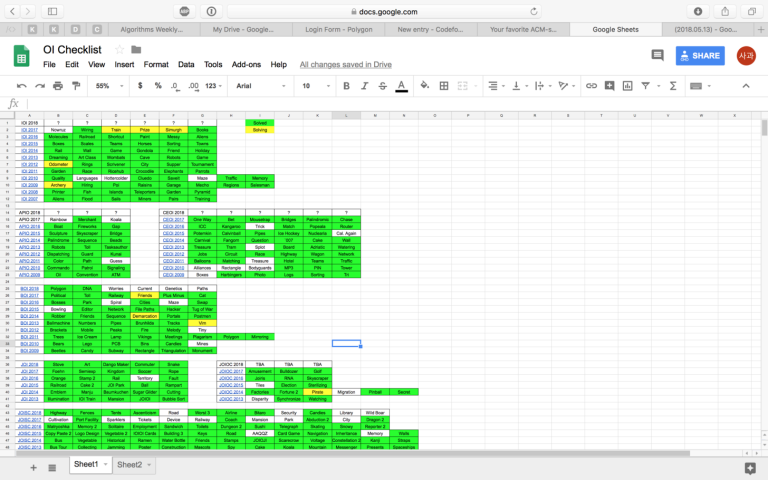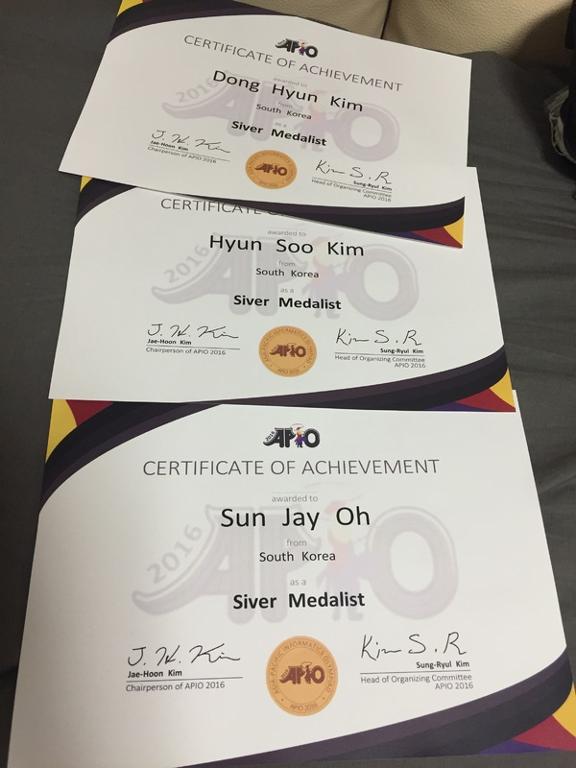Update 2019/01/02: The problemset is finally uploaded to CF Gym. If you didn't participated before, this is a great chance to practice on one of Petr's best problem candidates. I hope you enjoy the contest. Happy New Year!
.
.
OpenCup GP of Korea (third edition) is scheduled at 2018/10/14 Sunday, 11:00 MSK.
Both Div1 / Div2 problemset will feature Korean problems.
Problemsetters: ainta alex9801 Cauchy_Function Konijntje jh05013 ko_osaga OnionPringles jo_on .o.
Enjoy!













